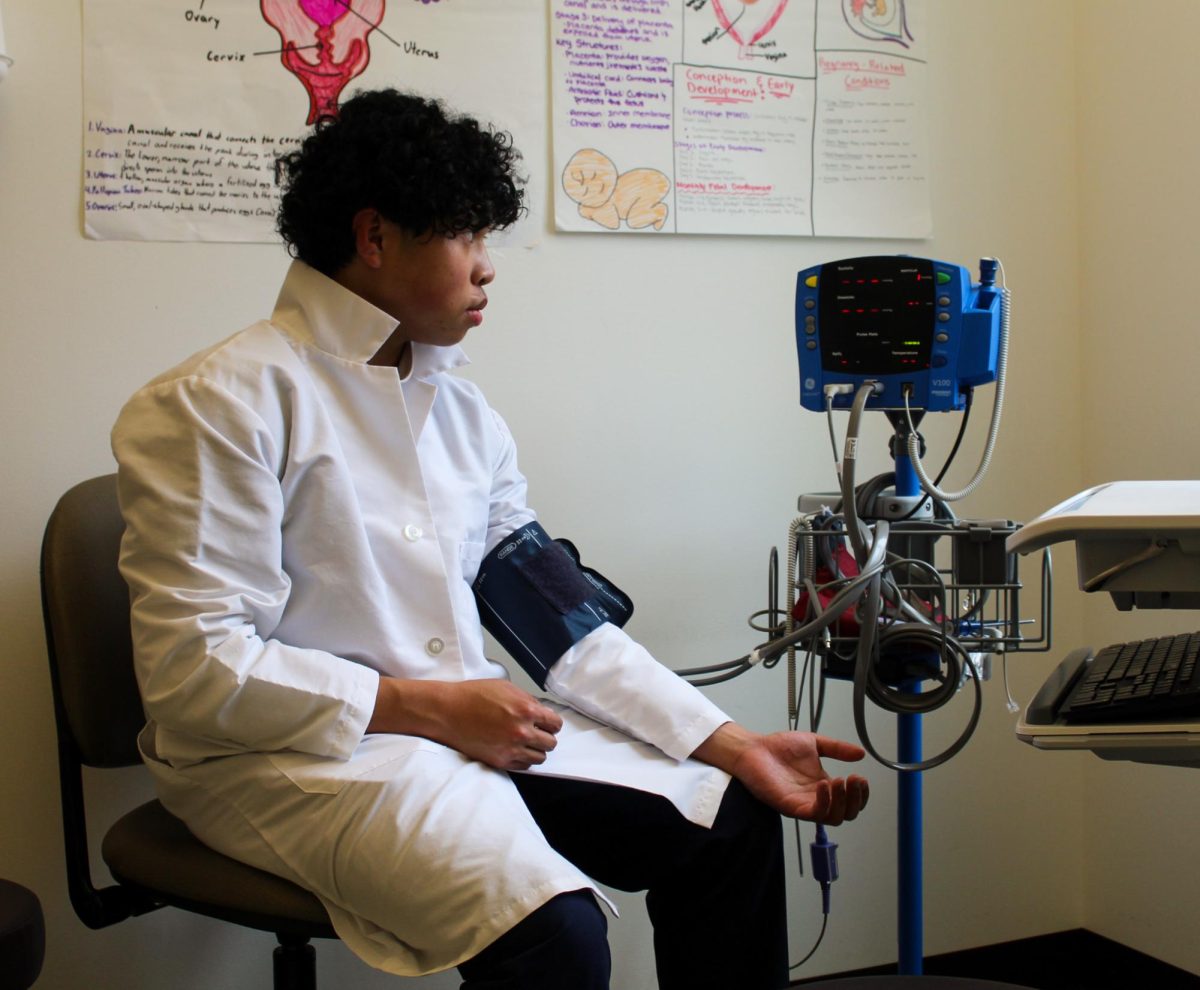
It’s halfway through the year and the safe, sheltered life of high school is beginning to come to a close for this class of seniors, it comes time to carve out path to travel to adulthood, a path that for many involves college. This can be a scary time for many, especially when dealing with the massive amounts of money that college entails.
Senior Charlie Bohlin is one of many carving out his path for the future, and the whole process of finding schools has given him strong opinions about the price of going to college.
“In general, I think tuition in the U.S. should be cheaper,” Bohlin said. “Especially when you compare it to how cheap it can be in other countries, but at the same time instantly lowering all tuition would hurt the colleges themselves. It seems like a problem that we need to begin to address.”
Nevertheless, Bohlin says he has high hopes that his chances of getting into a school that is right for him are high.
“When first looking at college, tuition and living expense did concern me, but overall I wasn’t too worried. In the last four years I have seen two of my cousins go off to college, and they managed to pay for college, so that filled me with hope,” Bohlin said.
According to our school’s college adviser, Mary Buckner, students should always ignore the price at first and look at other important aspects important to education, like size of the school, location, or how the classes are organized.
“We always say to look for that regardless of price, and that’s hard to swallow, especially with the big ticket colleges,” Buckner said. “ It’s important, though, that we keep those in the game, because sometimes these colleges can find money for you, whether it’s through grants, endowments, scholarships or merits, for an array of things.”
However, price is often one of the most complex factors to consider. It goes far beyond tuition, according to Inglemoor graduate Natalie Hoffman. She is in her sophomore year at Macalester College and says that living expenses are another thing to keep in mind.
“I live in a dorm at the moment, but in my area and in a lot of places near colleges you can find affordable apartments to share with a bunch of people, which is more often the cheaper alternative,” Hoffman said, “but be aware that many colleges require students to live in a dorm their first two years, along with paying for a meal plan. It’s a huge drain on money though when you’re starting out.”
Comparing in state and out of state schools is another major expense to factor in, as out of state schools are typically more expensive to the college student. However, as Bohlin states, an out of state school experience seems to be worth the expense for some students.
“I think this is a very individual process. For everyone, college should be about getting away from home to live in the adult world, but that doesn’t mean everyone has to leave the state. For some people, it’s very important to get away and see the world, to live somewhere else and see what that place has to offer,” Bohlin said.
Hoffman includes an important detail to keep in mind when looking out of state, something she learned when she found her own school.
“Comparing in-state and out-of-state schools, keep in mind that the increase in price of going out of state only applies to the big state funded schools like UW and Western. For the smaller, privately funded schools like Macalester or Gonzaga, tuition fees don’t vary in that sense.”
Trying to make a good choice in education with all this money to be spent looming over your head can be a lot to deal with for a high school student, but Hoffman says to take a moment to breathe.
“The best thing you can do about all of this is to relax and not let stress get in the way of it all.” Hoffman said, “However, the next best thing you can do is to start, and the sooner the better. Once you start, you will eventually find a plan that will work for you, I promise.”















